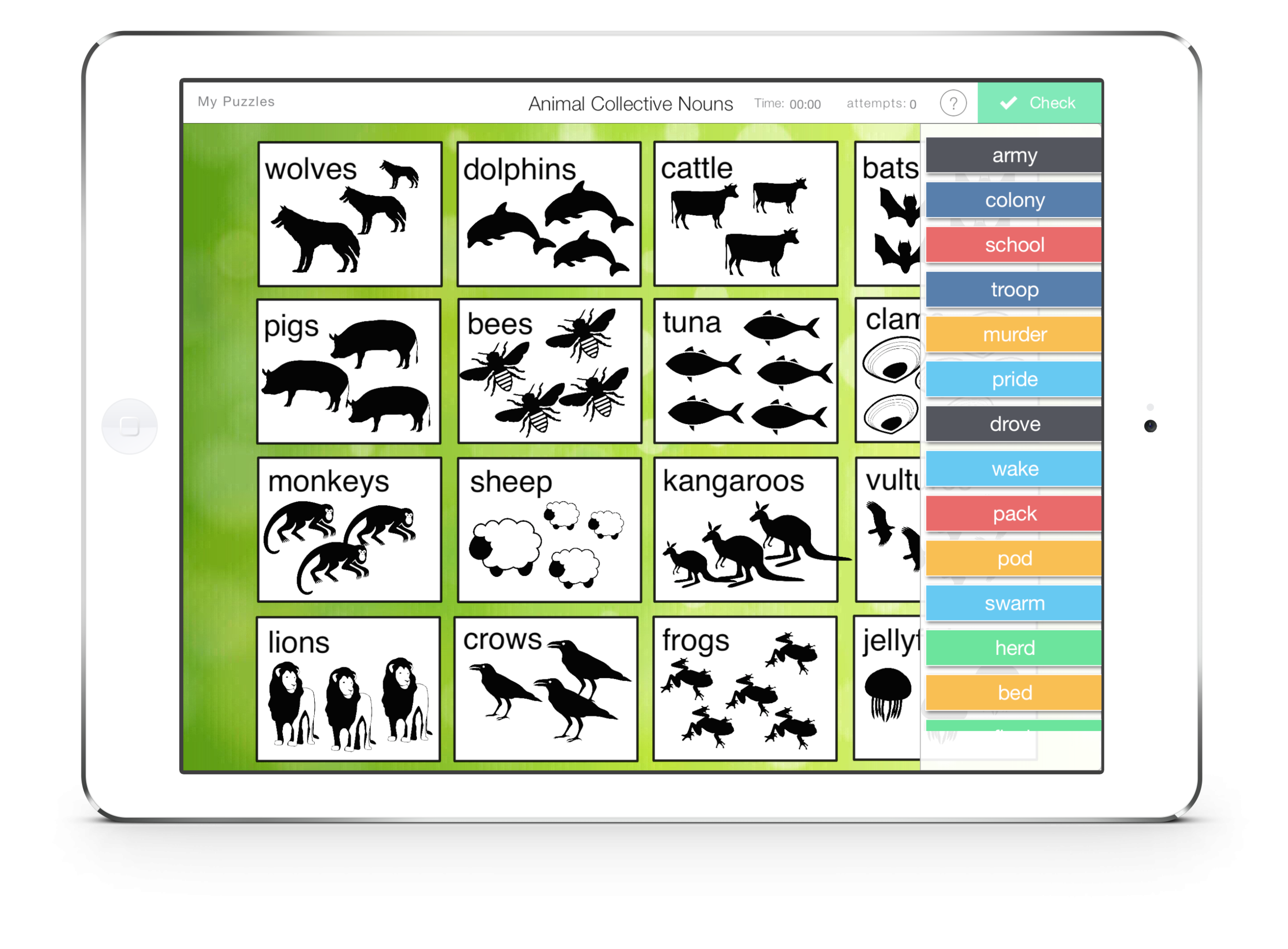Animals, just like humans, often gather in groups. These groups are not just any ordinary assemblage of individual animals, but they are often given specific names known as collective nouns. These collective nouns add an interesting and sometimes whimsical touch to the animal kingdom.
From a pride of lions to a murder of crows, these collective nouns give a glimpse into the behavior and characteristics of different animal species. Let’s explore some of the most fascinating collective nouns used for groups of animals.
Examples of Collective Nouns for Animals
One of the most well-known collective nouns is a “murder” of crows. This term, dating back to the 15th century, is believed to have originated from the eerie and mysterious nature of these black birds. Another interesting collective noun is a “parliament” of owls, which reflects the wisdom and solemnity often associated with these nocturnal creatures.
For marine animals, a “pod” of dolphins is a common collective noun used to describe a group of these intelligent and playful mammals. Similarly, a “school” of fish is used to refer to a large group swimming together in unison, demonstrating the coordination and synchronization often seen in fish behavior.
When it comes to land animals, a “herd” of elephants is a classic example of a collective noun used for these majestic creatures. Elephants are known for their strong family bonds and social structures, making the term “herd” a fitting descriptor for their group dynamics.
Another intriguing collective noun is a “murmuration” of starlings, which describes the mesmerizing swirling patterns created by thousands of these birds flying together in harmony. This term highlights the beauty and fluidity of their collective movements in the sky.
Overall, collective nouns add a touch of poetry and imagination to the world of animals, allowing us to appreciate the diversity and complexity of their social structures. Whether it’s a dazzle of zebras or a tower of giraffes, these unique terms enhance our understanding of the natural world and inspire curiosity about the behavior of different animal species.
In conclusion, collective nouns for animals offer a fascinating glimpse into the intricate social dynamics and behaviors of various species. They not only provide a fun and creative way to describe groups of animals but also serve as a reminder of the rich diversity and complexity of the animal kingdom.
